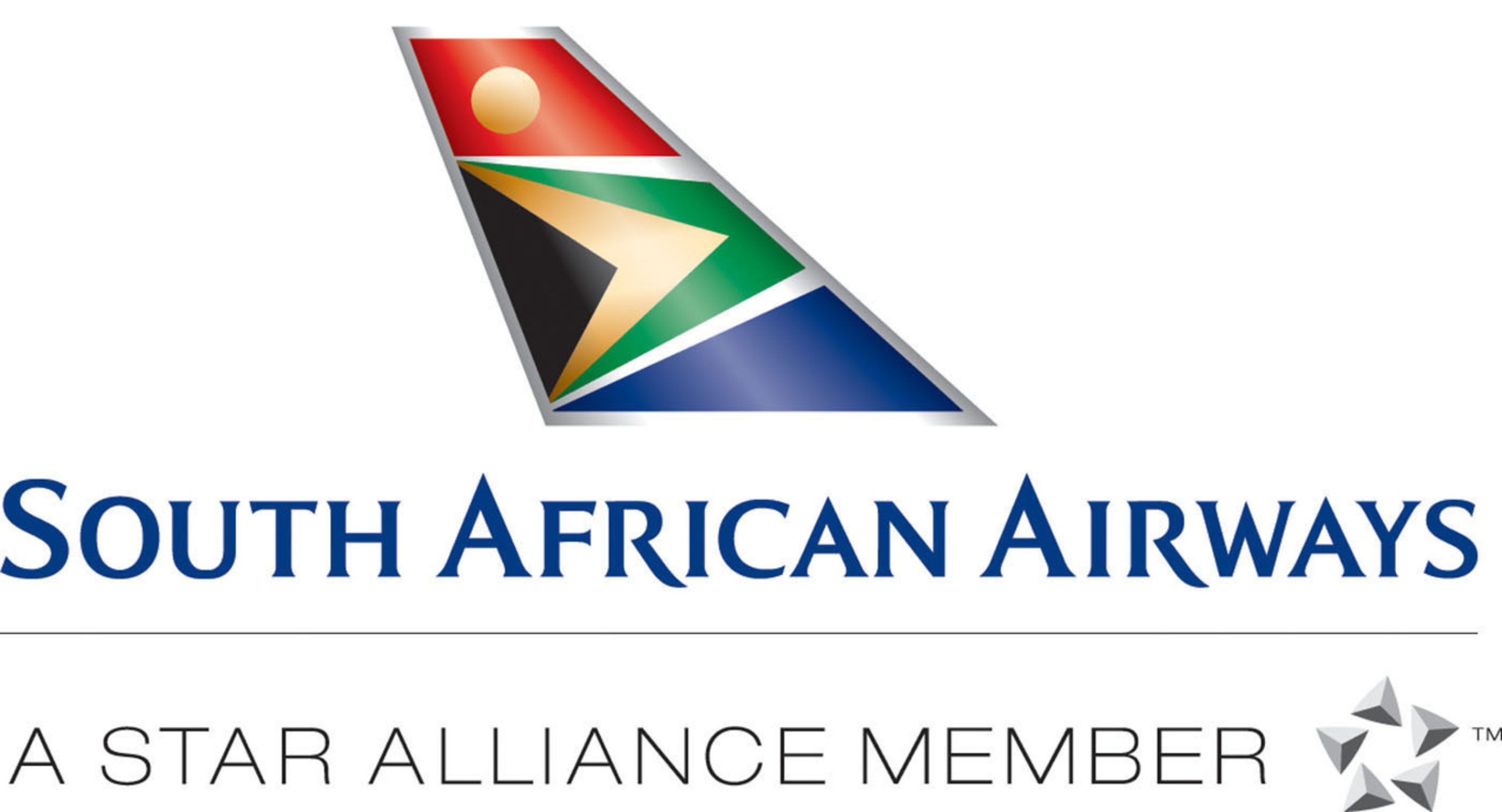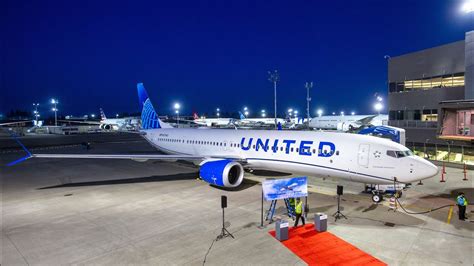
saa scaled
We requested an interview with the airline’s CEO, and the airline decided to respond to us in writing.
Q: Please can you update us on the SAA situation today?
A: SAA is in a more formidable position now than we have been for some years, thanks to the deliberate and extensive remodeling, resizing, and repositioning of the airline since 2021. From just seven routes in 2021, we are now operating 14 routes and are targeting more by the end of 2025 – at least three intercontinental, 15 regional and four domestic. We expect to see a continuation of this steady, sustainable growth over the next few years.
Q: What do you see as the airline’s top three challenges now
A: The post-Covid aviation industry is still in recovery and is as competitive as ever. While some challenges are within our control and well in hand – such as securing finance to achieve our growth ambitions – there are other challenges in our industry that are out of our control. Among these are the global fleet shortage; the need to create a more seamless experience for visitors to South Africa (from maintaining and upgrading infrastructure to streamlining the visa process); and the performance of the rand.
Q: In terms of the SA domestic market, is the market over-traded?
A: We don’t believe so. While there has been a recovery in terms of available seat capacity post-Covid, demand has grown steadily
Q: In terms of the international market, how much can SAA accomplish on its own vs. using its Star Alliance partners?
A: Star Alliance leverages the connectivity of 26 carriers across the globe, allowing seamless travel for our customers to more than a thousand destinations daily. This is far more than any single Star Alliance partner can achieve alone. Being a member of Star Alliance unlocks significant benefits for SAA travelers.
Apart from access to more than a thousand destinations spread over six continents, alliance members also benefit from innovations led and driven by the alliance, such as technology enhancements and process improvements.
In terms of our own network expansion, SAA has launched two direct intercontinental routes over the past six months—São Paulo (launched on 31 October 2023) and Perth (commencing 28 April 2024)—providing connectivity between Johannesburg and two major hubs. A southern hemisphere travel package that includes travel between Perth and São Paulo via Johannesburg is now possible.
We also offer connectivity across Africa for South African and global travelers. As mentioned above, we are targeting offering more routes by the end of 2025.
Q: There’s a global shortage of aircraft because of several problems post-COVID. How do you grow the fleet while competing with many other, stronger airlines?
A: SAA’s 90-year track record of providing award-winning service to travelers and our greatly improved financial position means that we command a strong competitive position. Our fleet expansion plans are well in hand, despite the global shortage. We expect our fleet size to grow from the current 13 aircraft by the end of the next financial year.
- In terms of domestic competition, SAA competes with two formidable airlines. One is a former partner. Neither of these airlines will give SAA any margin to recover, which means SAA likely needs more state support.
- Moreover, we understand that SAA is paying higher lease rates because it lacks funds for cash deposits on leases.
- The traffic growth supporting a third competitor has merit. The South African domestic travel market is recovering. However, besides the two main competitors, there are two other smaller operators. An argument can be made that too many seats are chasing too few passengers.
- Interestingly, Star Alliance membership has not helped SAA sell seats on United Airlines flights in the rapidly growing US market.
A recent attempt to sell the airline to investors failed. Now, the state is hoping for a private investment as a minority shareholder. Given South Africa’s reputation for “state capture,” such an investor seems unlikely. Can the government accept its inevitable choice: Keep the airline as a state corporation and keep funding it, or follow the Indian model of selling it to private capital?
Views: 17




